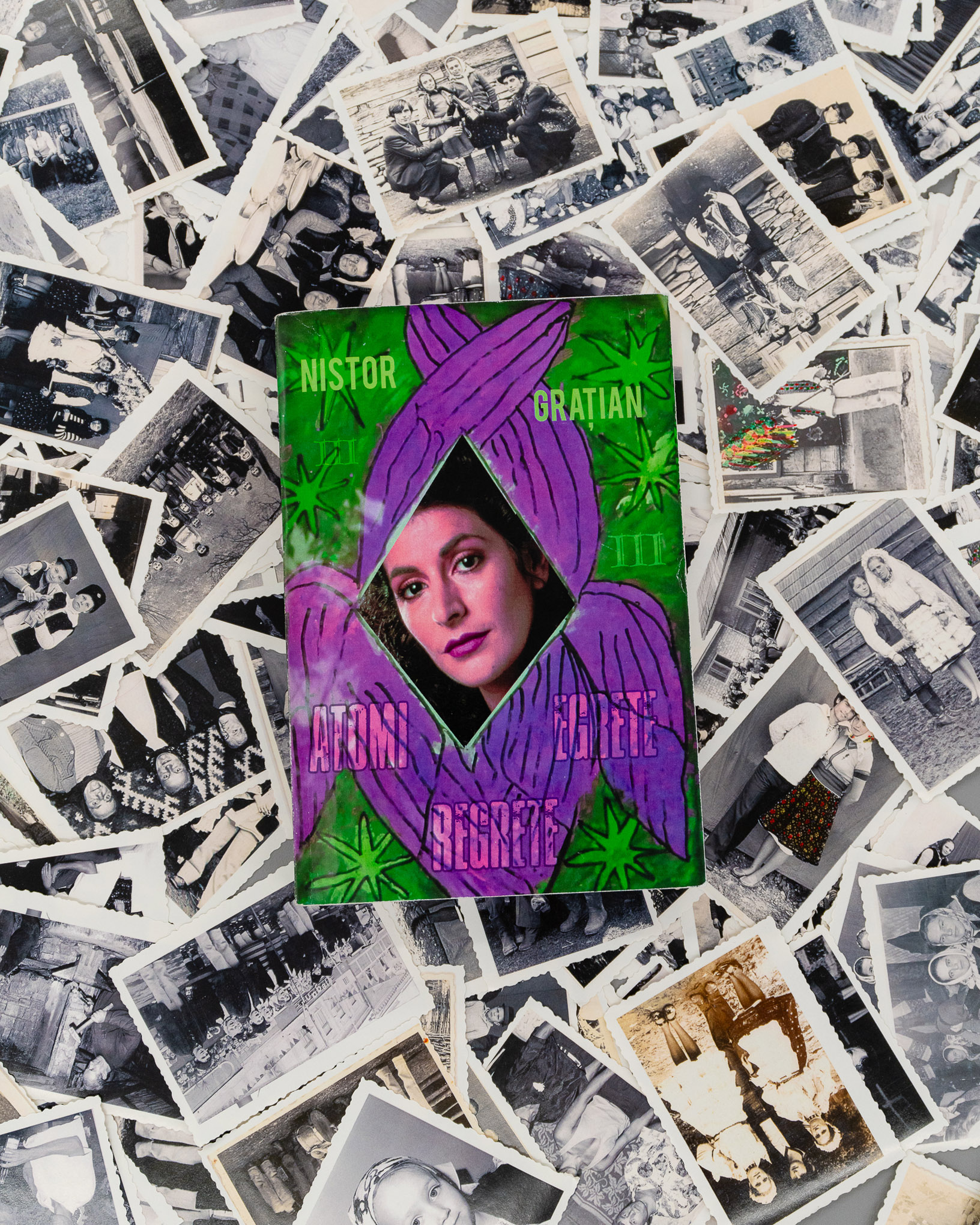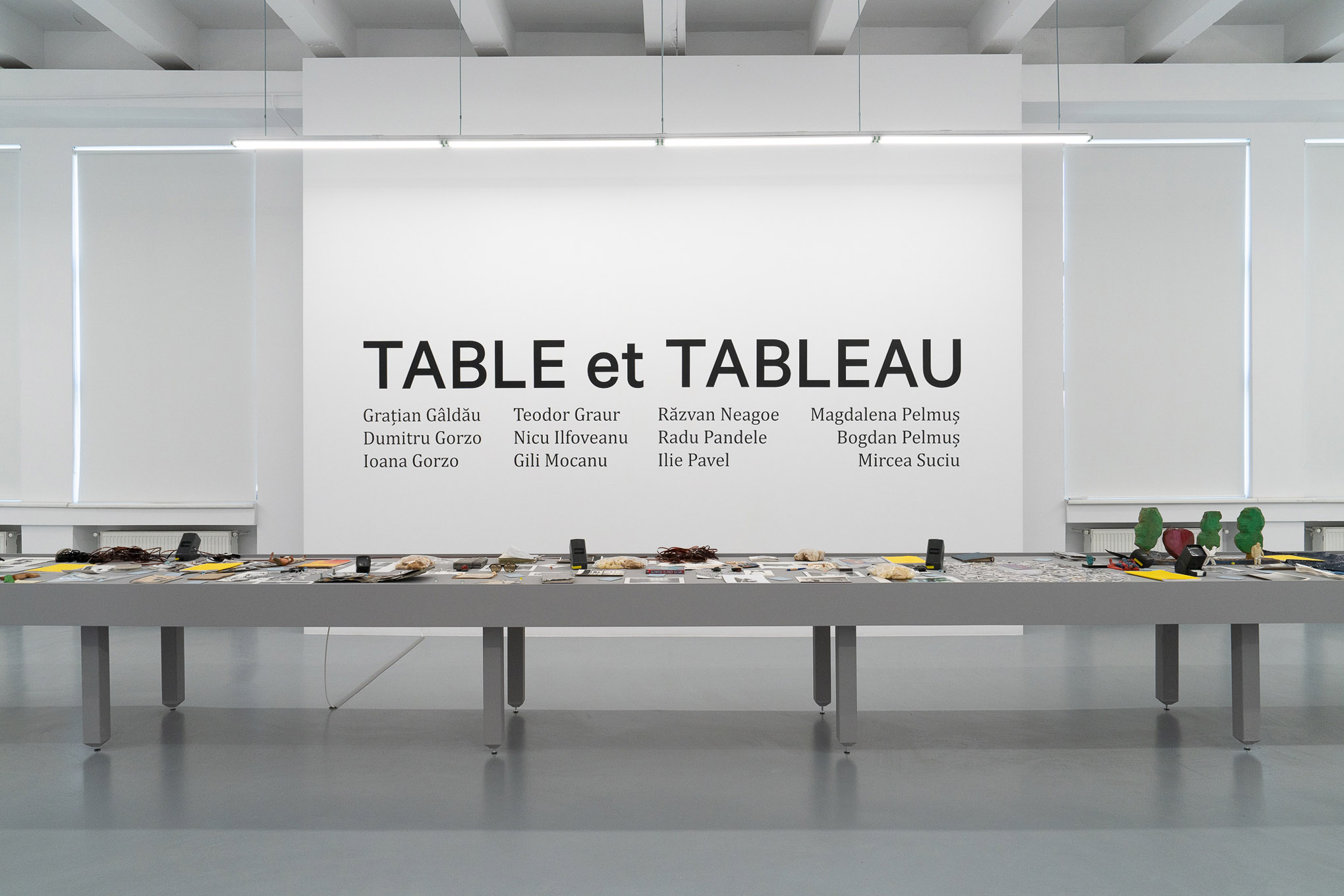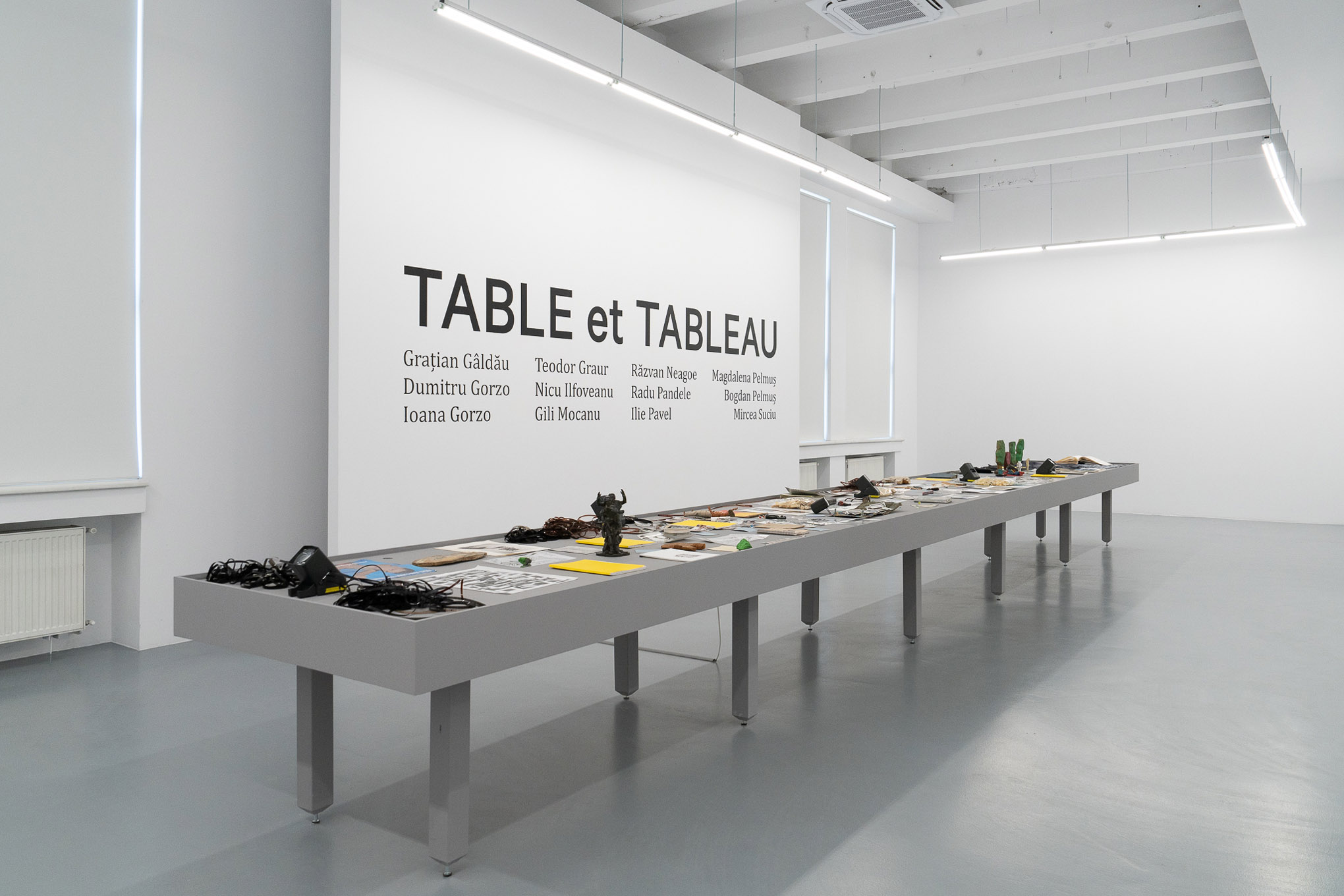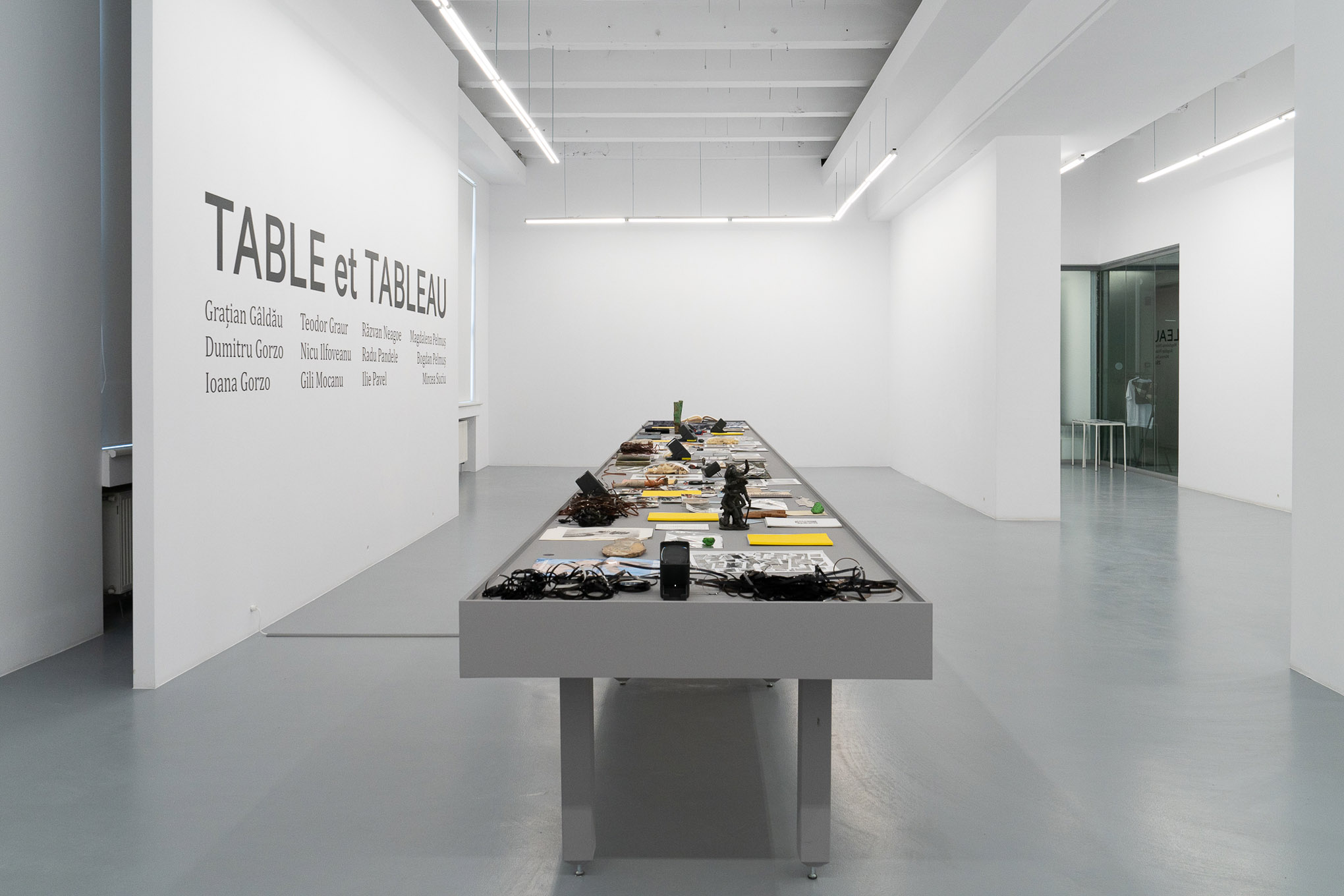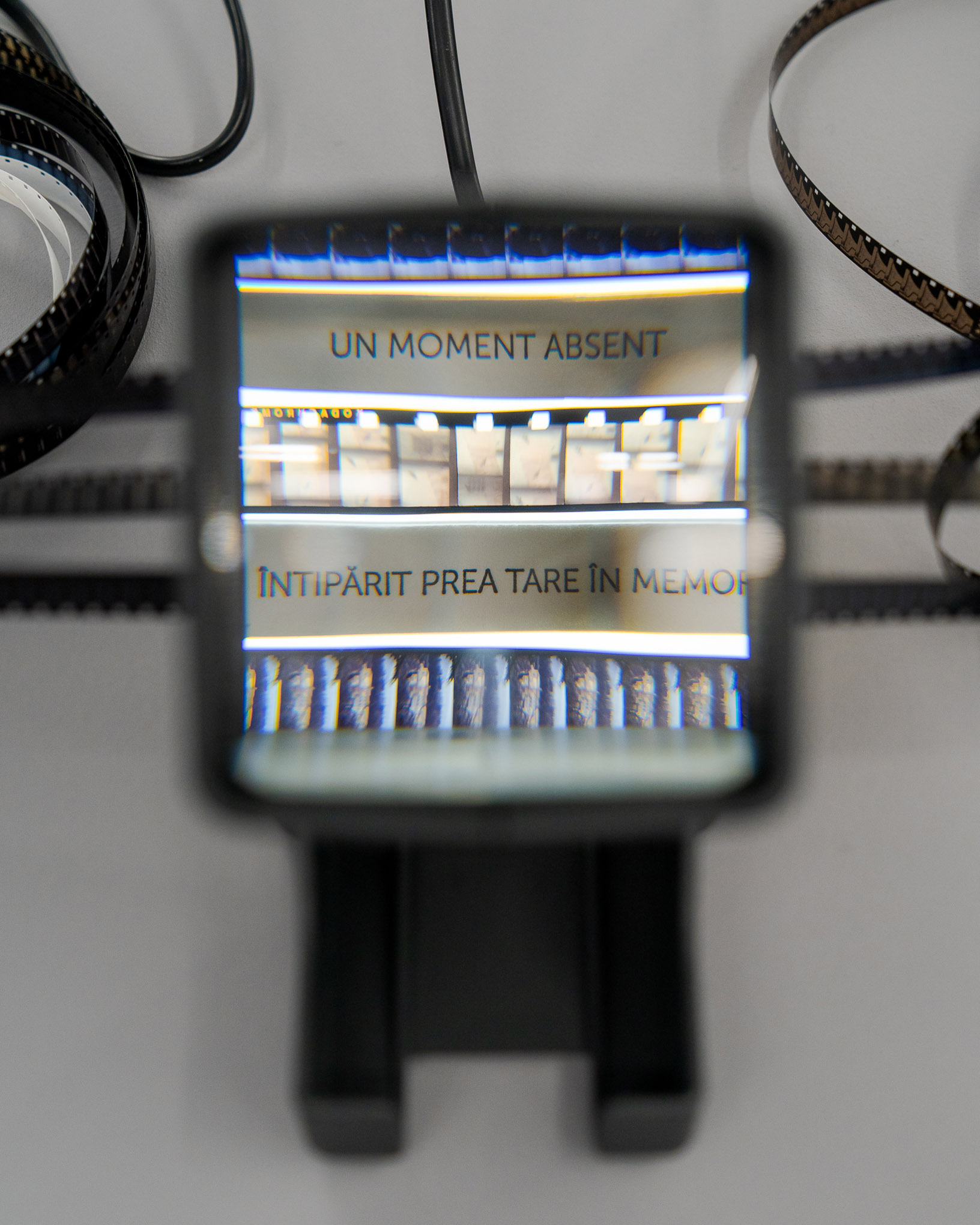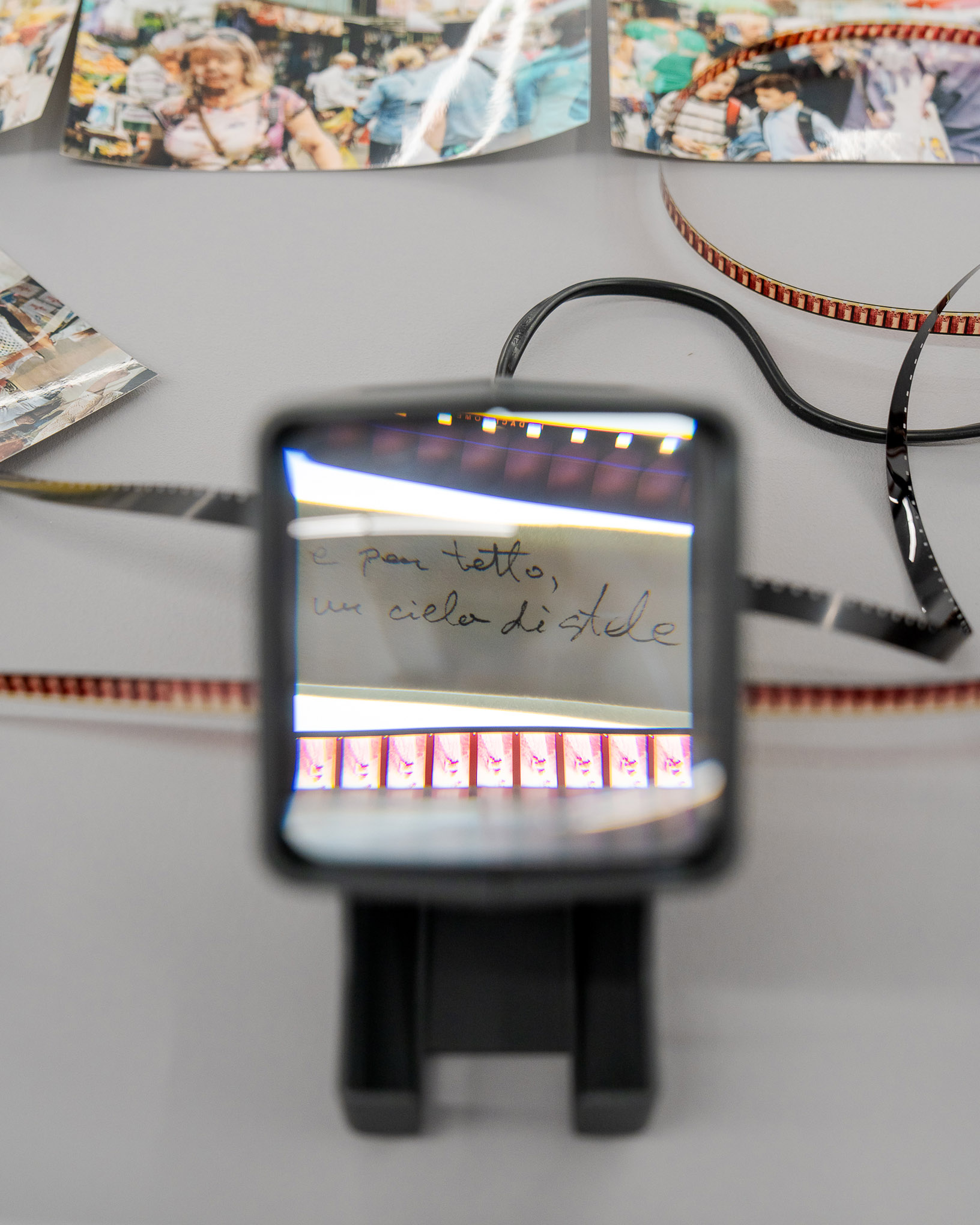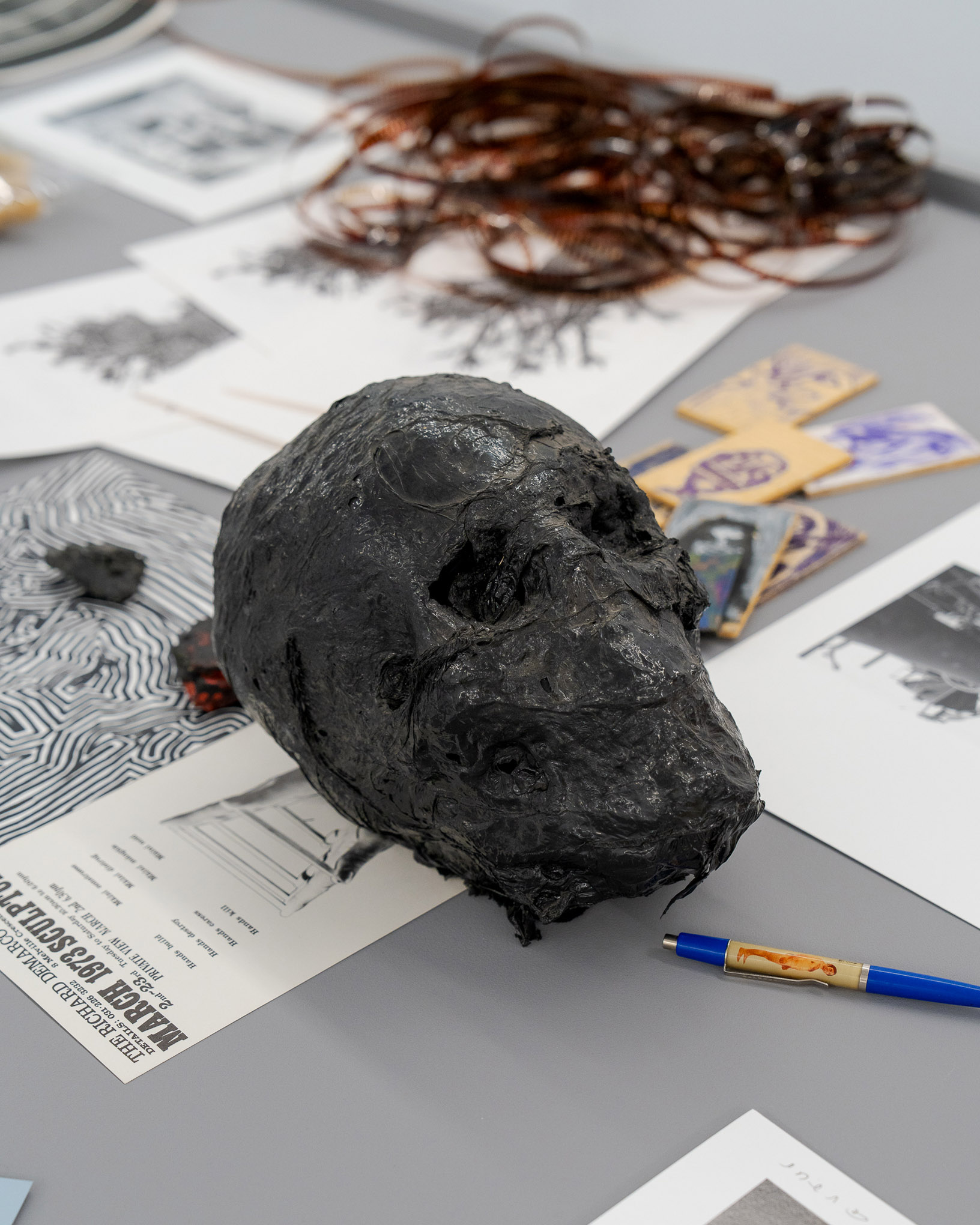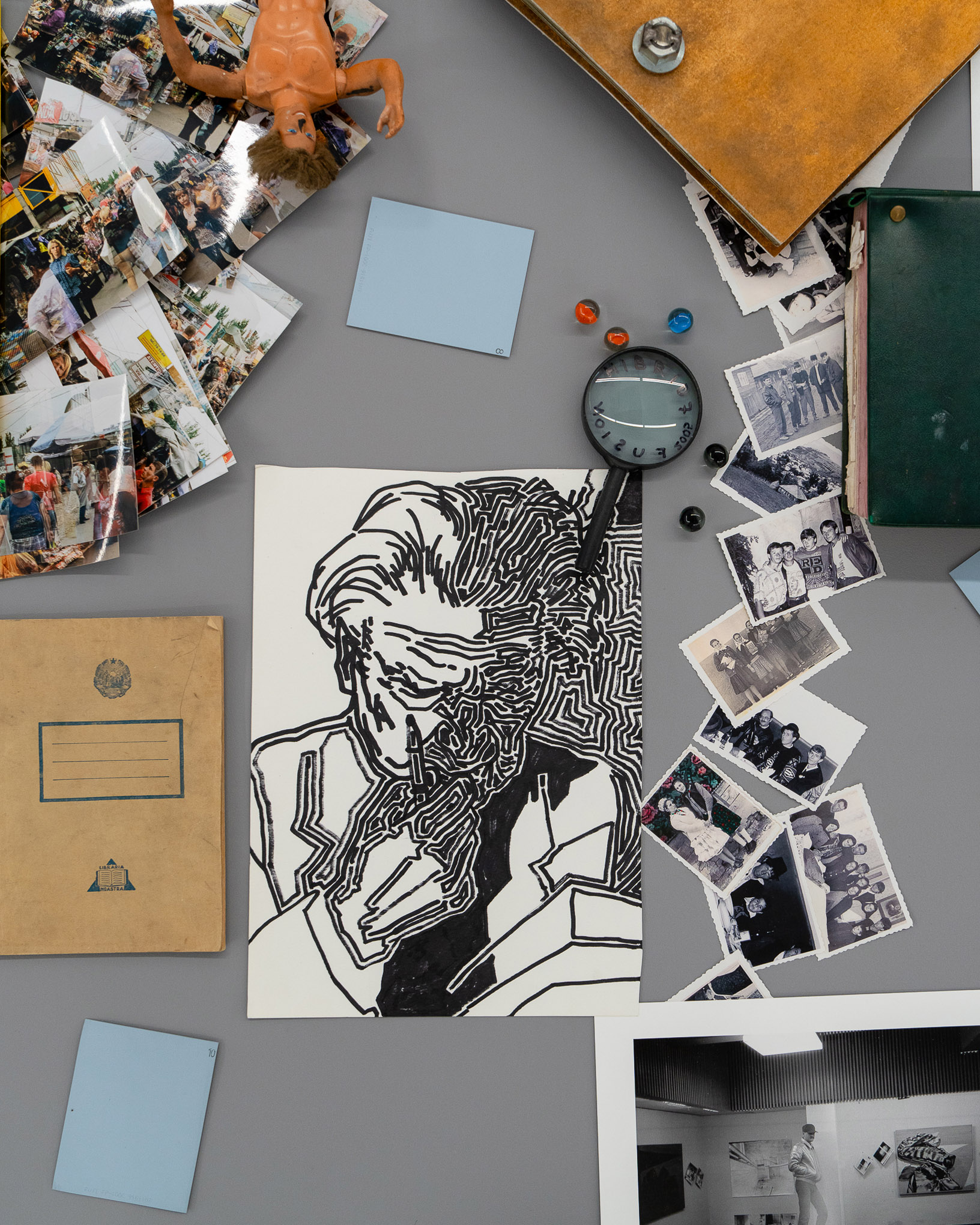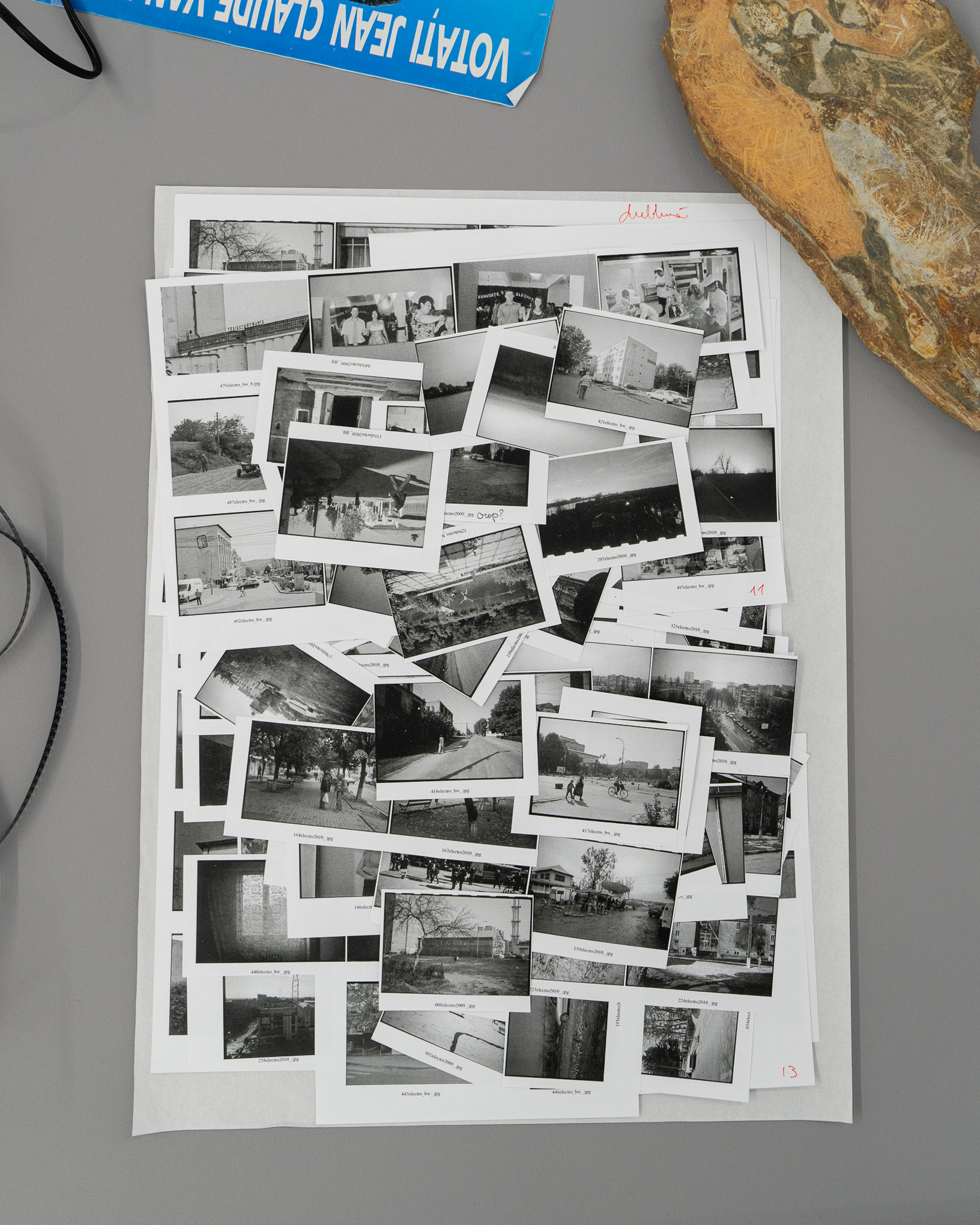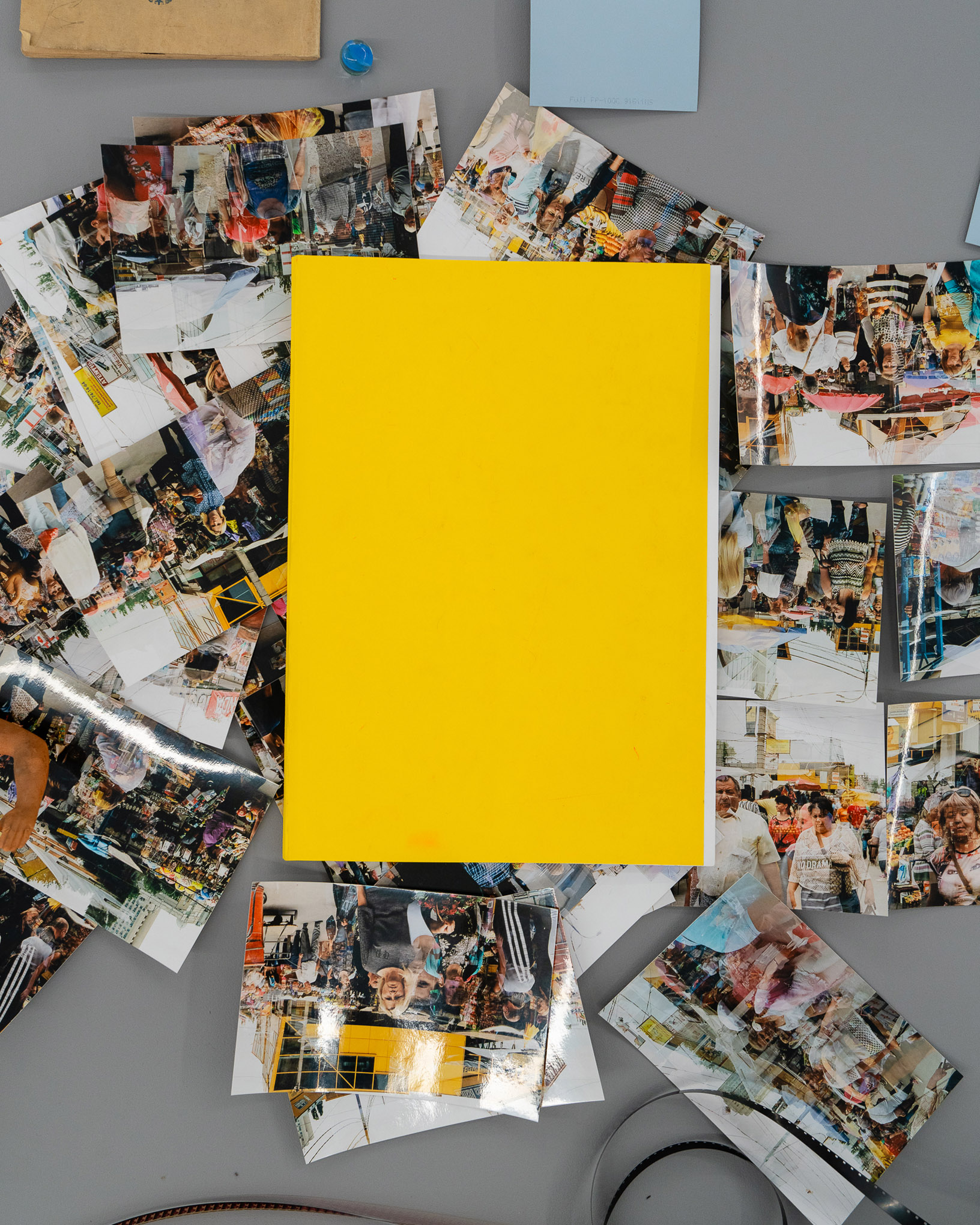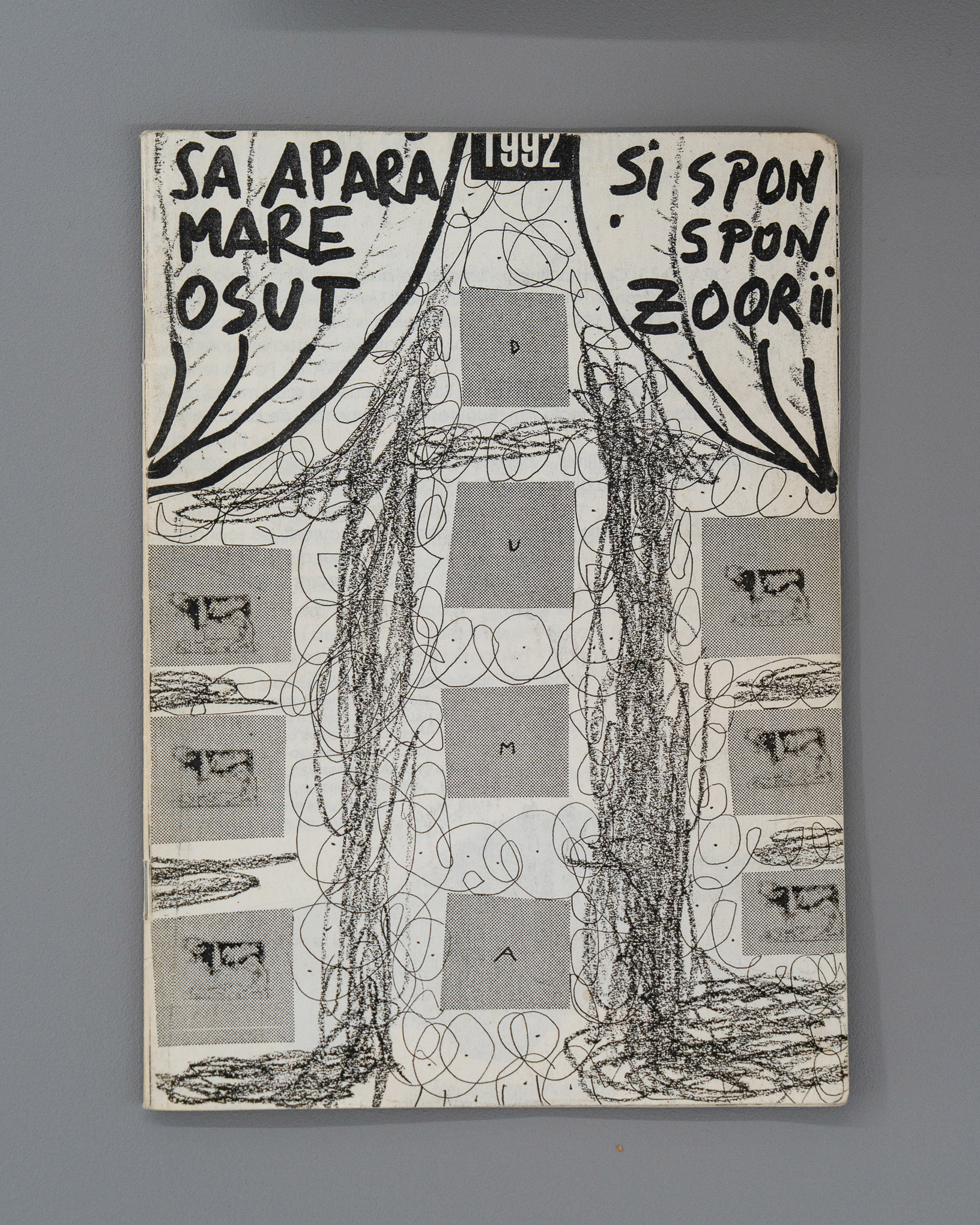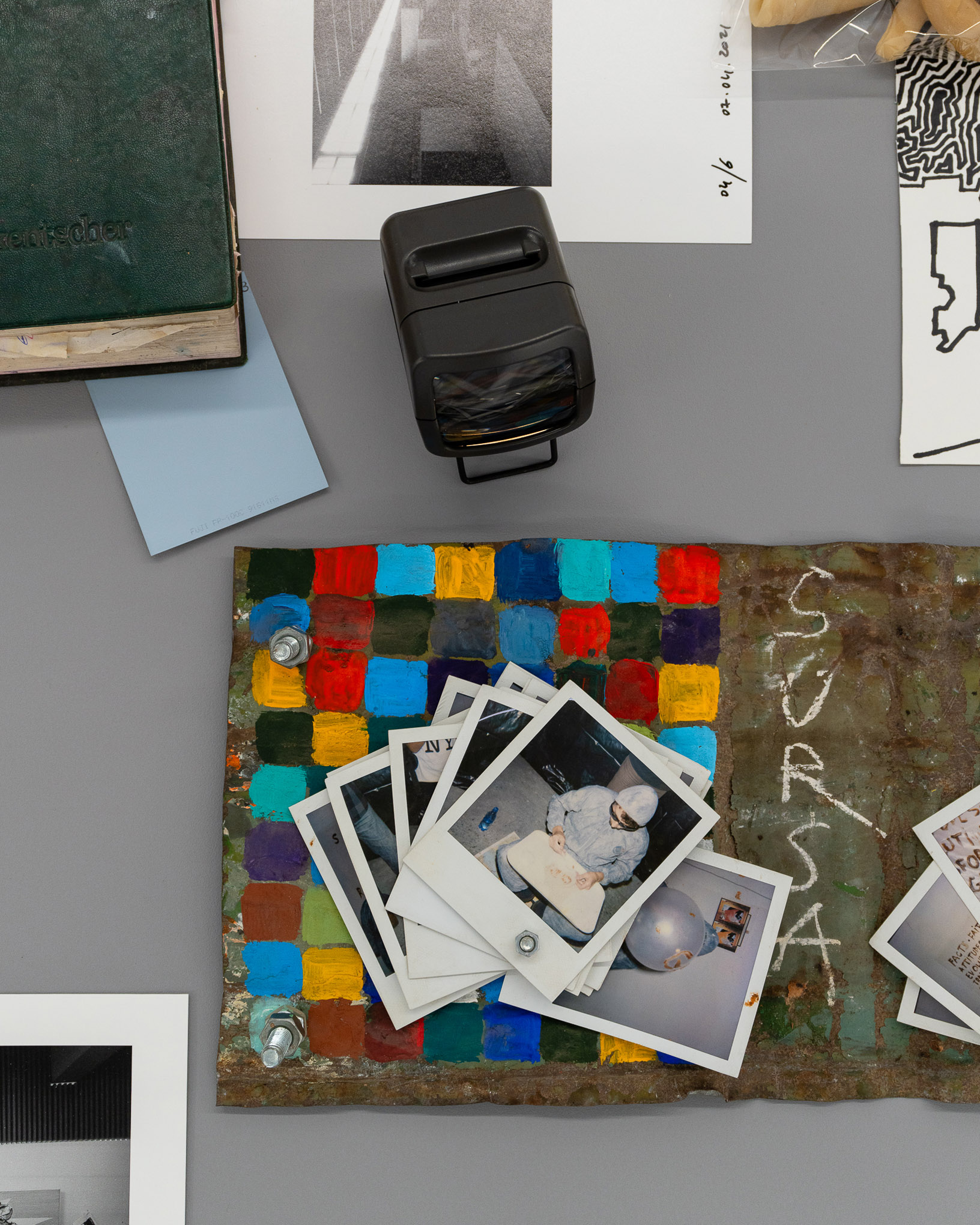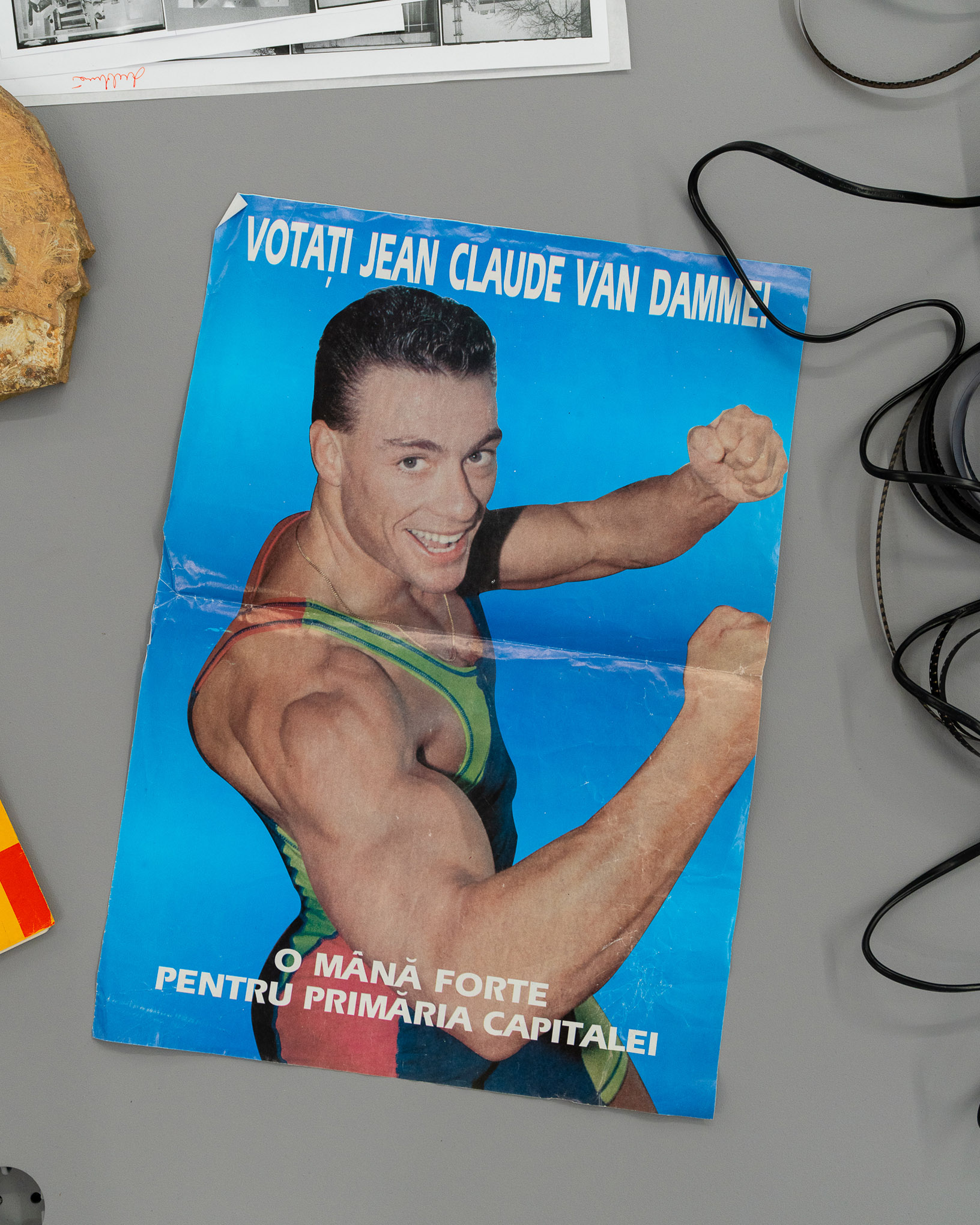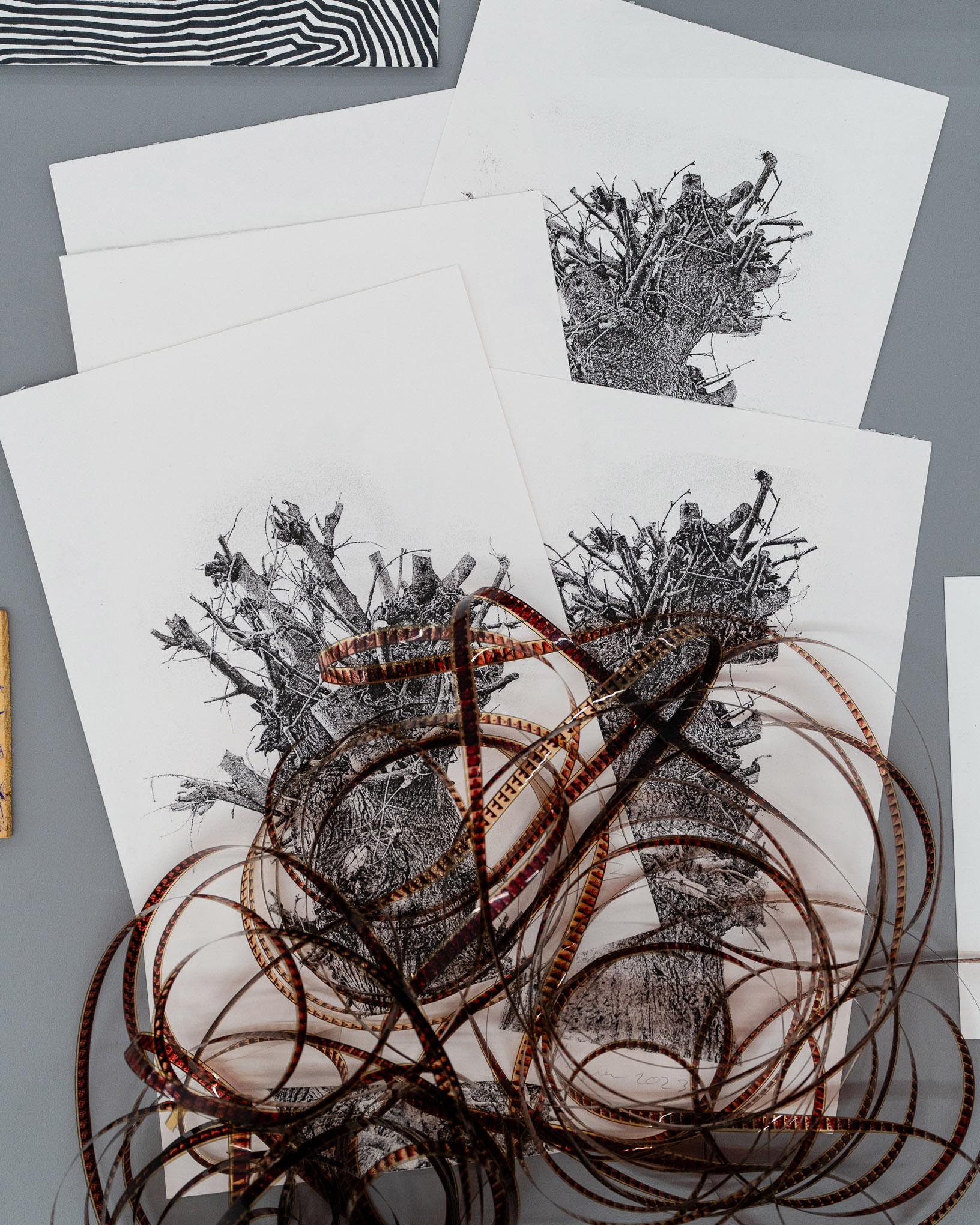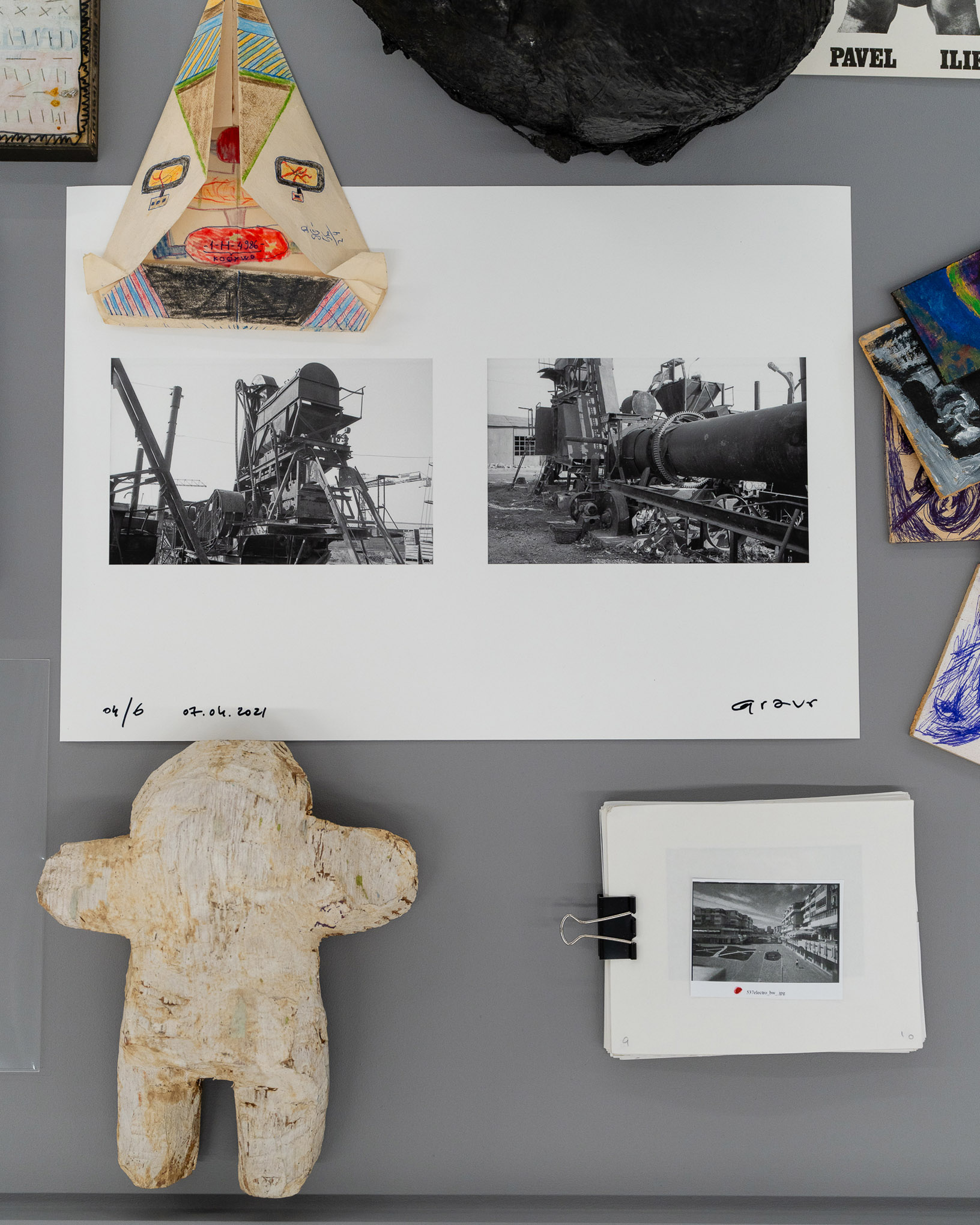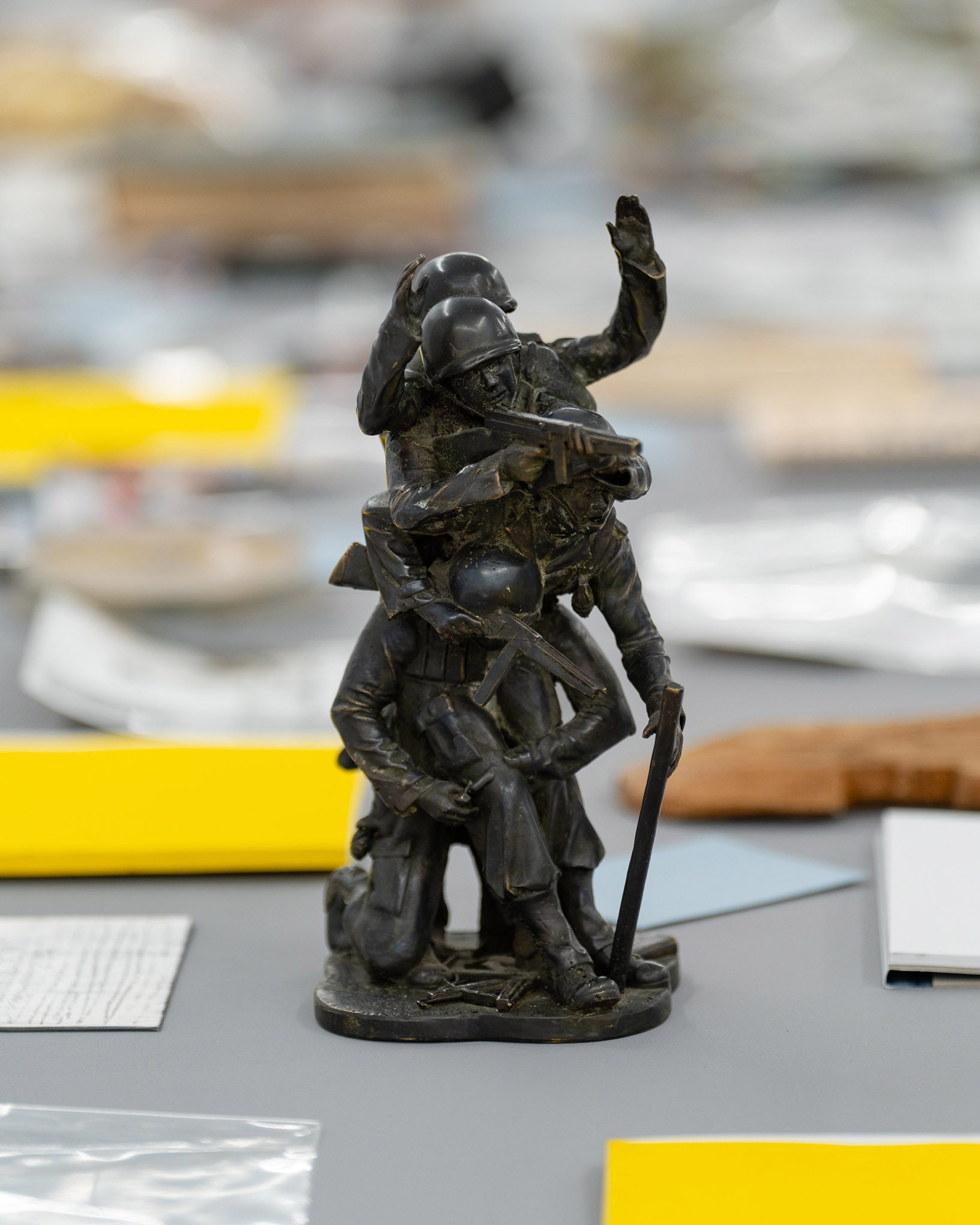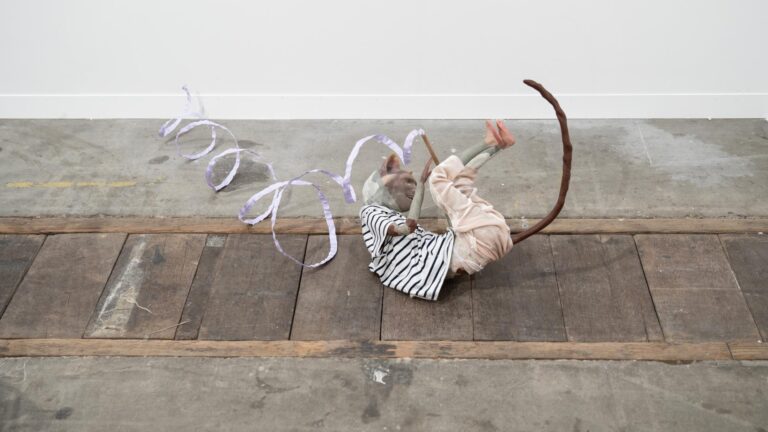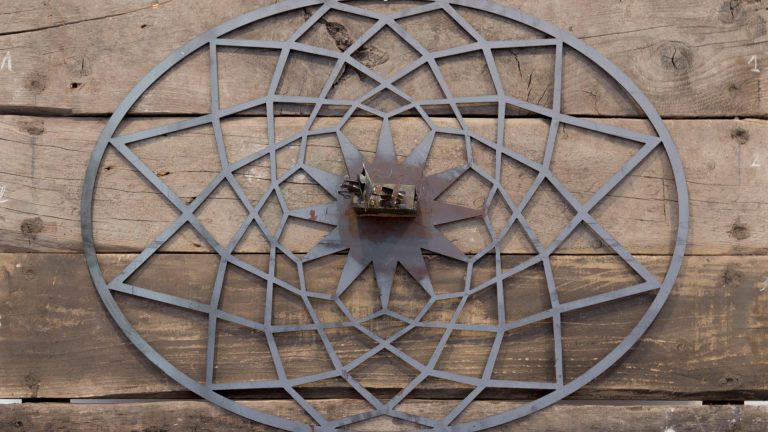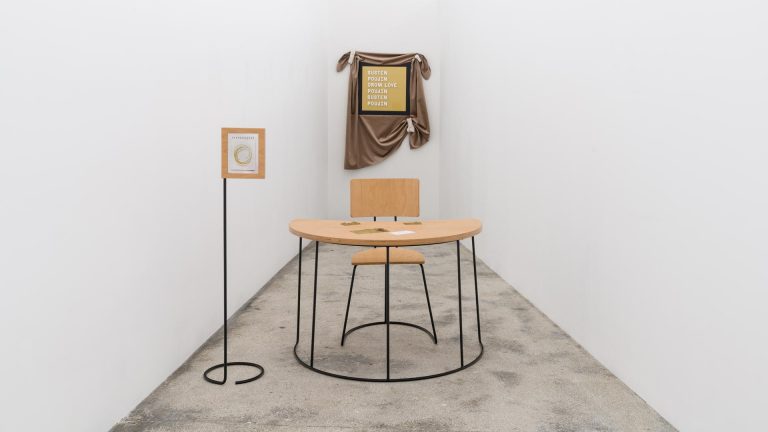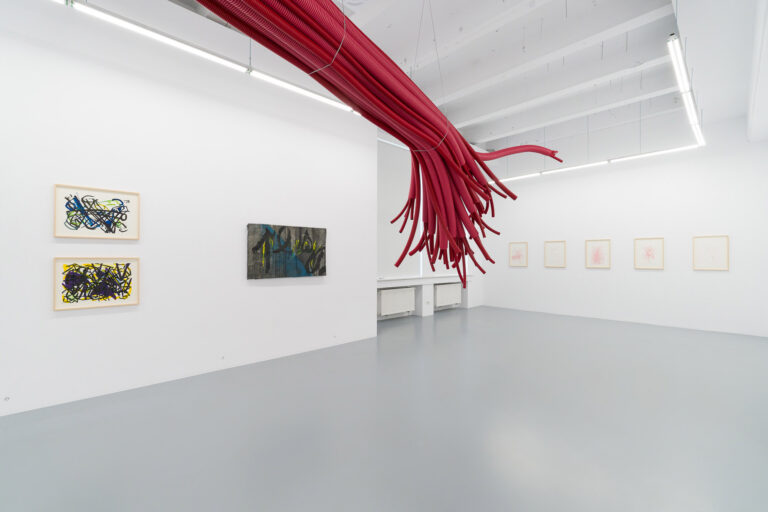Artists: Grațian Gâldău, Dumitru Gorzo, Ioana Gorzo, Teodor Graur, Nicu Ilfoveanu, Gili Mocanu, Răzvan Neagoe, Radu Pandele, Ilie Pavel, Magdalena Pelmuș, Bogdan Pelmuș, Mircea Suciu
Exhibition title: Table et Tableau
Venue: Arsmonitor, Bucharest, Romania
Date: June 27 – August 29, 2024
Photography: IONUȚ DOBRE / all images copyright and courtesy of the artists and Arsmonitor, Bucharest
The traces of an artworks coming into being and the formation of an artist’s identity are taboo subjects. We prefer finality, as if we were dealing with a natural phenomenon, or the mystification of the work and personality, as if we were dealing with a supernatural phenomenon. So, we ignore the breadcrumbs and artefacts that would lead us back to where all of it came from. What’s more, we have the good Renaissance tradition, which forbade revealing the secrets of the guild, or the modernist tradition, which placed the “genius” beyond the reach of the masses, and the viewer was expelled from the artist’s laboratory. In the case of contemporary art, however, the viewer has a particularly pronounced role: a participating spectator in the work’s completion, a voice in what the work comes to mean.
The current exhibition, Table et Tableau, does not oppose the tradition, nor does it aim to elegize contemporary art, but works its way to the middle, or towards an alternative, closer to the idea of play. The viewers find themselves in a new predicament, between altruism and egoism, between the blind loyalist and the renegade savior, from where they’ll never assume the position of author or giver of meaning. All the viewer can do is put the pieces before them in order or disarray.
Table et Tableau raises the issue of opening up (not exhibiting) the “shadow” of the creator and the creation. This kind of opening leads the viewer to a small area of the living archive, full of notes, sketches, disparate objects, where one may find a work’s foundation and the formation of the artist’s identity. Aiming to represent various periods and movements in contemporary Romanian art, the exhibition goes as far back as Ilie Pavel, renown for the breakout of the 1970s and establishing the symbolic thread between the afterlife and the idea of a museum archive, to Teodor Graur, identified with the earliest signs of 1970s-1980s postmodernism, up to more recent artists, including Grațian Gâldău, Dumitru Gorzo, Nicu Ilfoveanu, Gili Mocanu, Răzvan Neagoe, Bogdan Pelmuș, Magdalena Pelmuș, Mircea Suciu, representing the heterogeneity of the 1990s and 2000s, and moving toward the 2010s, with artists such as Ioana Gorzo and Radu Pandele. The living archive of these figures, the traces and imprint of their works gathered in one place, at one table, provide the opportunity for a new picture of the amalgamation, divergence, and polyphony of the movements and ideas about contemporary art in the last 40 years in Romania.
The name, Table et Tableau, introduces word play that recalls the research of Georges Didi-Huberman, who describes meaning as the relationship between archival images and objects on the cutting board. In reference to the historically counter-intuitive ordering of Aby Warburg’s Mnemosyne Atlas, Didi-Huberman shines a light on the thorny narrative between history and art that arises from the images in order and disorder. The images on the cutting board (table), rearranged according to the researcher’s narrative preference – in this case, the curatorial – determine a new perspective on the world, a new narrative frame (tableau).
The proposed theme in Table et Tableau invites the viewers to reorder the objects of this open archive, to curate their own micro-narrative, according to their own authorial interests. The viewer is the curator.
The table is a shared space of curatorial research in a museum setting at the moment of an archive’s presentation and organization. Carefully arranged, behind a glass case, meticulously labeled and classified, unapproachable and untouchable, the “archival objects” become superior and magical. Pieces and artefacts that have no role or value during the artist’s life become objects of worship in posthumous investigation. The archive, loaded with the charm of assembling bits and pieces of images and information, open wide like body on the operating table, aims at rewriting history, the curator imposing his or her own narrative on history, the world, and the absent author.
Table et Tableau gives the table a critical role, provides accessibility, welcomes touch, empowers viewers to create their own organization of meaning, as well as it gives the curator a chance to be the author by transforming the archive into prime material, which can be shaped and moulded, each according to their own abilities.

